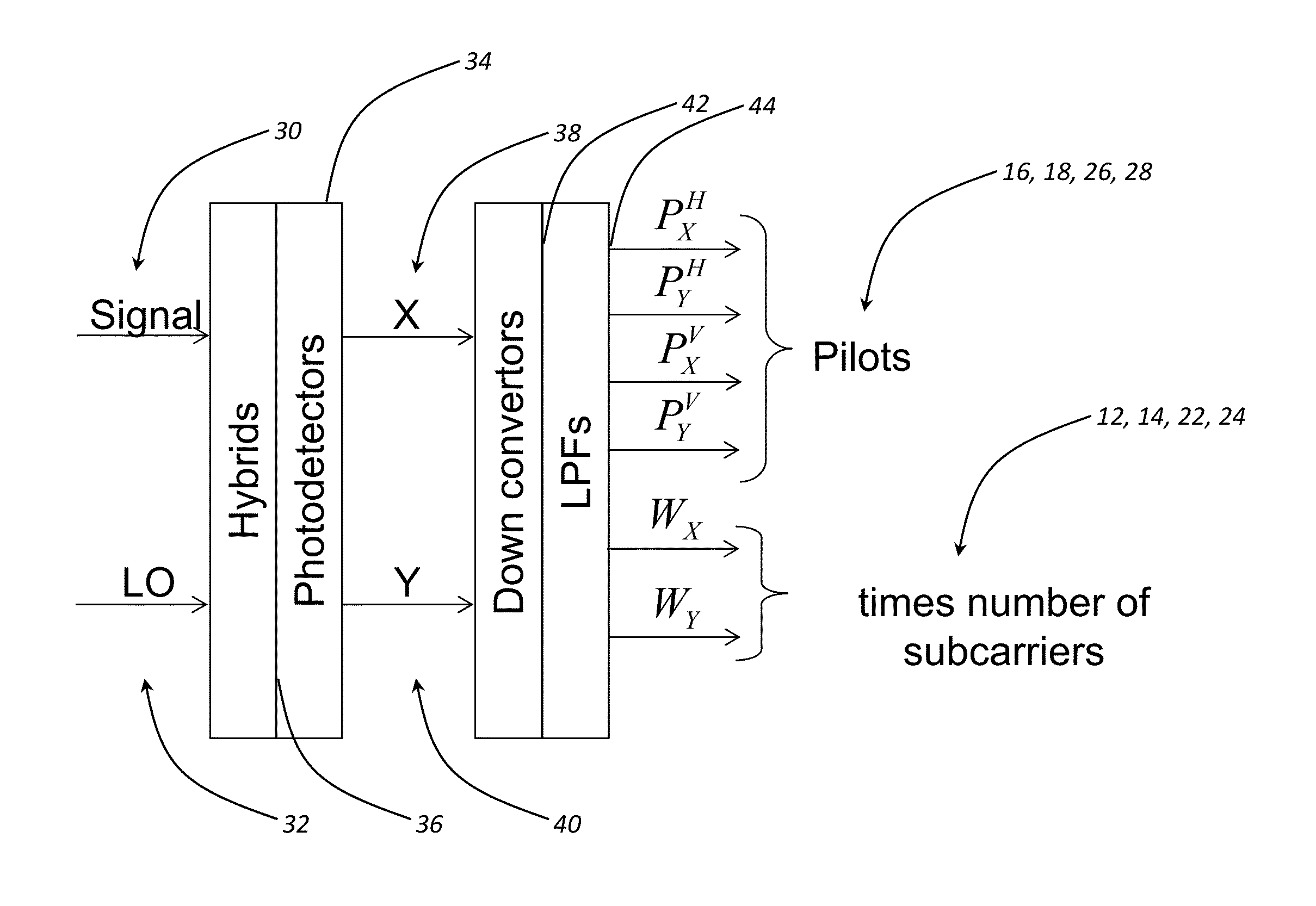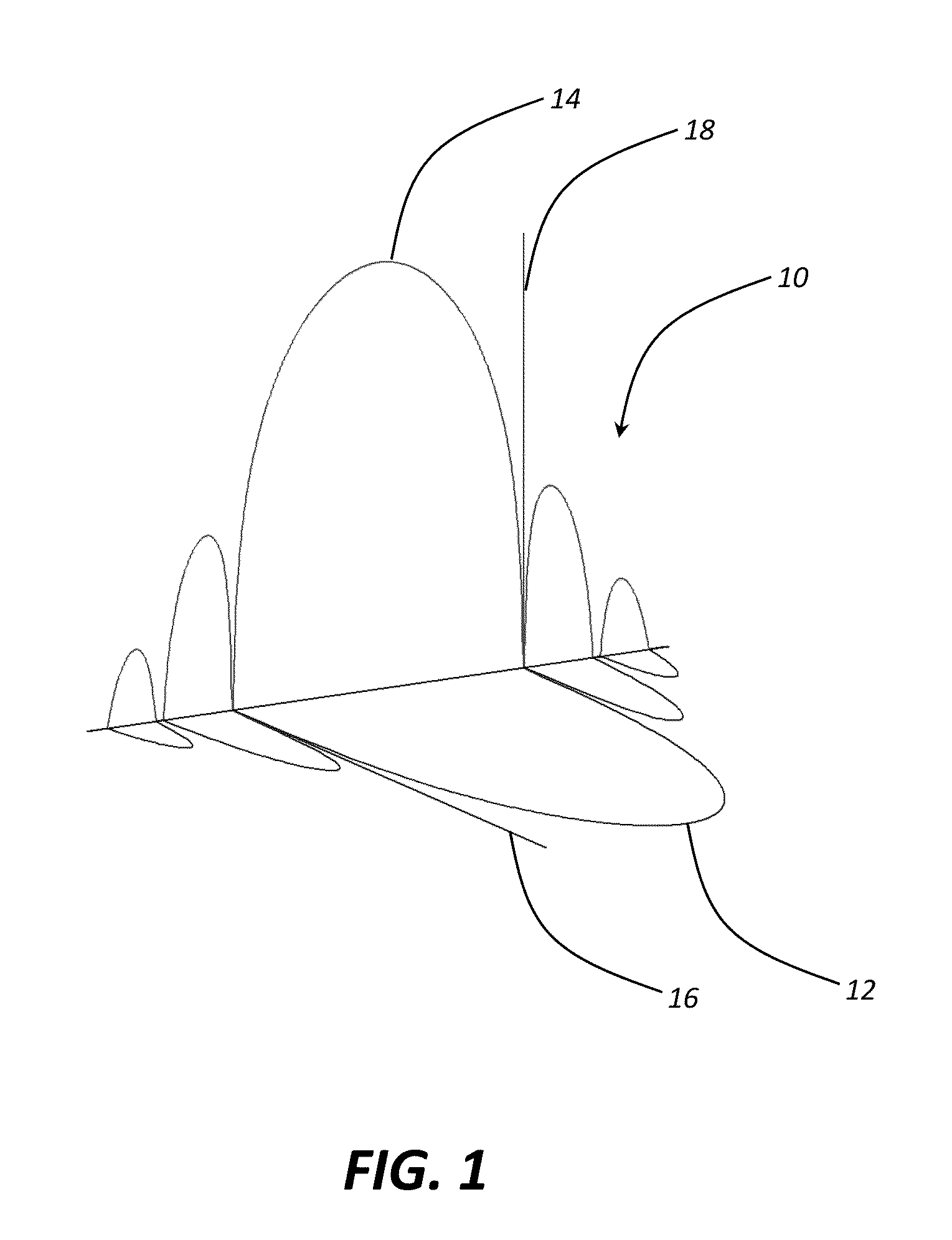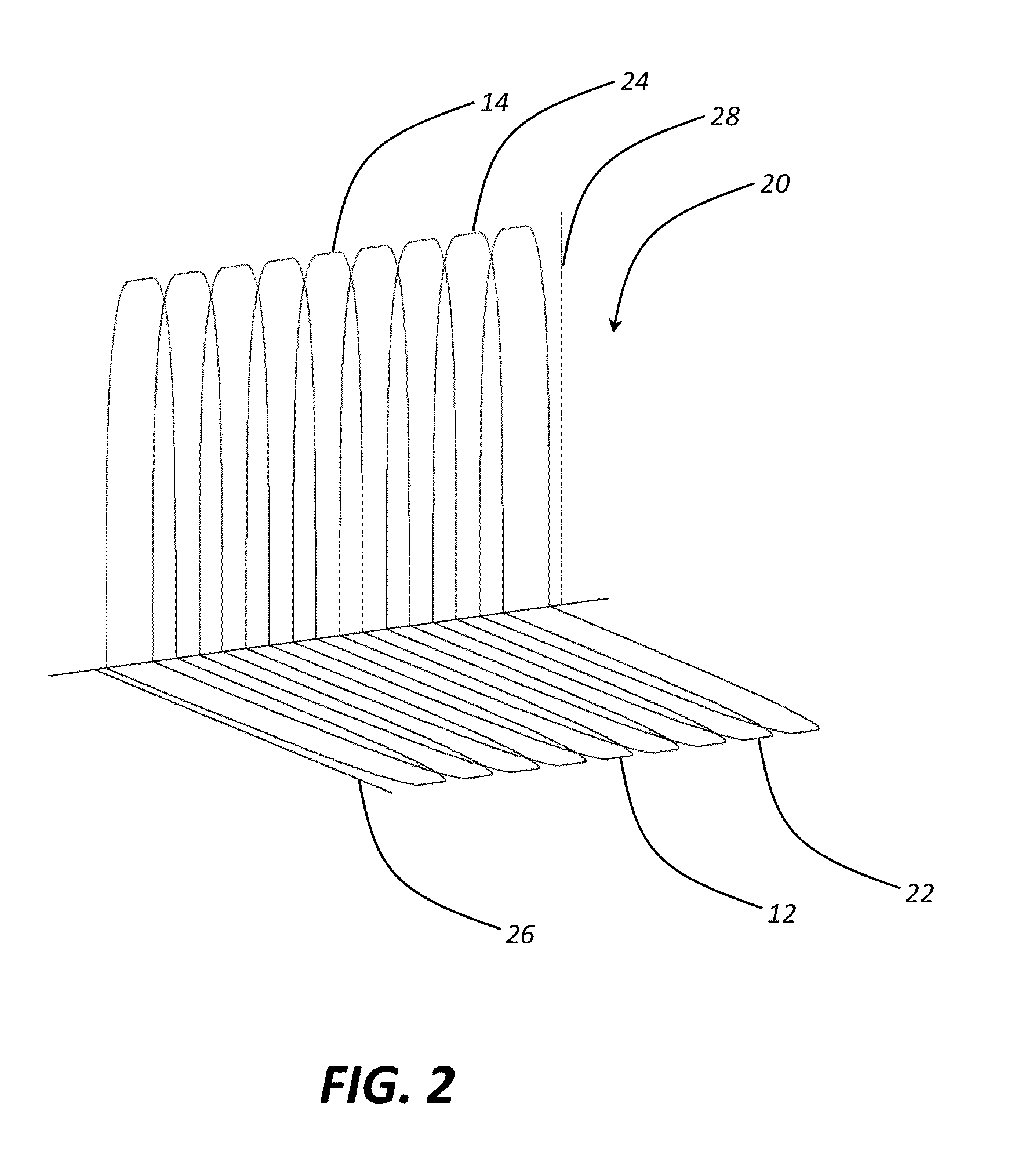Systems and methods for noise tolerant signal processing in pilot assisted data receivers
a technology of noise-tolerant signal processing and data receiver, which is applied in the field of systems and methods for use in communication networks, can solve the problems of fast spinning phasor factor generation, method not readily applicable to pilots in pilot assisted coherent fiber optic communication systems, etc., and achieves the effects of reducing noise penalties, reducing laser linewidth, and reducing nois
- Summary
- Abstract
- Description
- Claims
- Application Information
AI Technical Summary
Benefits of technology
Problems solved by technology
Method used
Image
Examples
Embodiment Construction
[0031]Conventional pilot assisted signal processing techniques were conceived more than two decades ago, during the early days of the development of coherent optical communication systems, long before the advent of erbium doped fiber amplifiers (EDFAs) and fast DSP. Optical carrier pilots were generated by either frequency shifting or flipping the polarization of a significant portion (usually half) of the total transmitted laser power, which could be either opposite phase modulated or frequency shifted.
[0032]By co-propagating along with the information loaded signal all the way through the fiber optic link, the carrier pilot serves as a built in phase reference to and polarization replica of the signal at the detection point. After self-coherent or coherent detection, pilot and signal are down mixed electronically by applying them to the mixer and low pass filtering (LPF). This procedure is mathematically equivalent to the multiplication of the signal W by complex conjugate pilot P...
PUM
 Login to View More
Login to View More Abstract
Description
Claims
Application Information
 Login to View More
Login to View More - R&D
- Intellectual Property
- Life Sciences
- Materials
- Tech Scout
- Unparalleled Data Quality
- Higher Quality Content
- 60% Fewer Hallucinations
Browse by: Latest US Patents, China's latest patents, Technical Efficacy Thesaurus, Application Domain, Technology Topic, Popular Technical Reports.
© 2025 PatSnap. All rights reserved.Legal|Privacy policy|Modern Slavery Act Transparency Statement|Sitemap|About US| Contact US: help@patsnap.com



